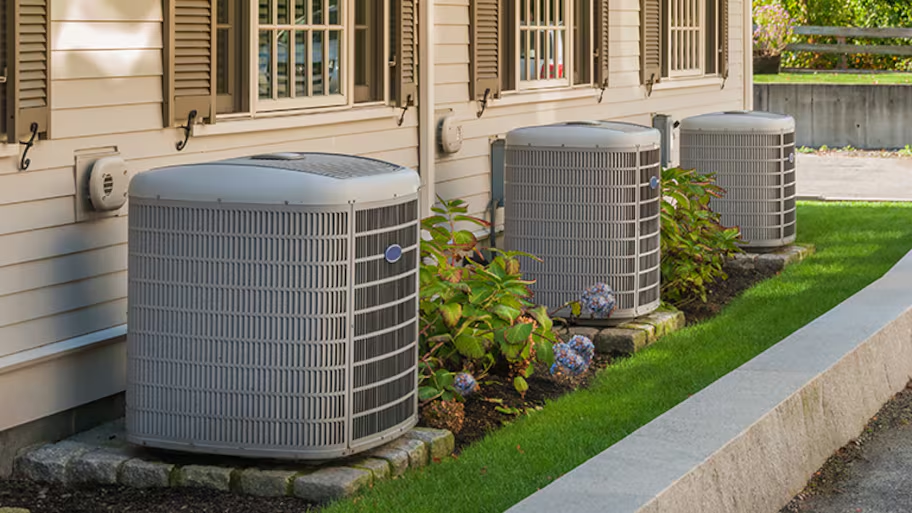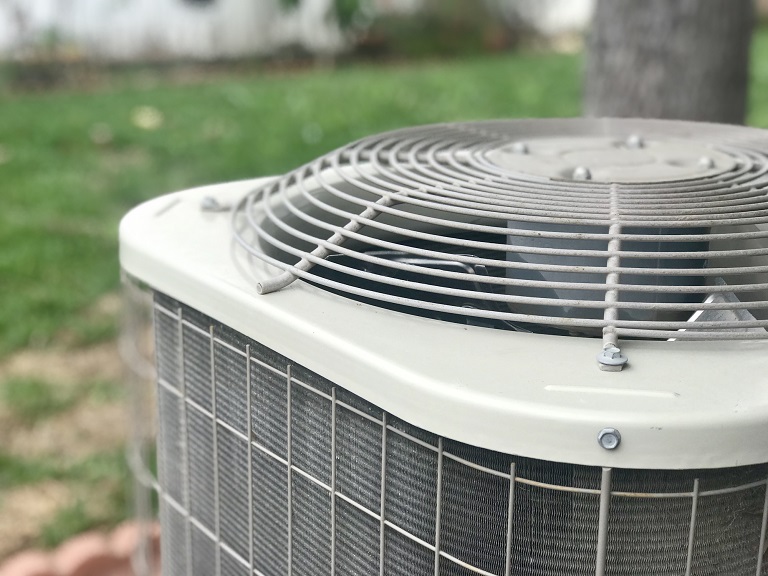
What you’ll pay in Columbus, OH, for furnace repairs depends on many factors. Here’s a breakdown of what can go wrong and the cost to fix those issues.
Dress your AC for the season


It’s better to clear ice and snow off your AC unit periodically during winter than to use a solid, non-breathable cover.
Covering your AC unit all the way can lead to problems with moisture, rust, and unwanted critters.
A breathable cover can keep leaves and twigs out of your AC unit in the fall, however.
You can find breathable covers for $15 to $40 from home improvement stores.
As the cooler months arrive, you may wonder if you should cover your air conditioner in the winter. However, completely covering your AC unit can cause moisture and rust and attract unwanted critters. Instead, use a partial, breathable cover during the fall to prevent debris from entering your unit, and leave the AC uncovered in the winter. Here’s everything you need to know about covering your AC unit in the winter.

You should not cover your AC unit in the winter because it can lead to moisture buildup and rust and attract unwanted critters—all of which could damage your unit. The condenser on your outdoor AC is made of a durable metal that is designed to withstand winter weather, including snow, hail, sleet, and rain. If you have large icicles that could fall into your unit, remove the icicles periodically or use a sturdy top cover or piece of wood to prevent icicles from damaging your unit.
If you have trees and other shrubbery around your AC unit, you can use a cover in the fall to protect it from sticks, leaves, and other debris. Choose a breathable cover, which costs $15 to $40 from a hardware or home improvement store. Covers that don’t allow moisture to dissipate can cause condensation on the interior of an AC unit, leading to rust and corrosion.
There are leaves and other debris falling on the housing or inside it.
There is a buildup of snow or ice that can freeze inside the housing.
Snow and ice are falling from the roofline and could fall into the AC unit from above.
There is no danger of snow or ice buildup.
It is protected and away from trees that can shed leaves and twigs onto the housing.
The unit is wet from being cleaned or from the weather.
Take a look at the good and the bad of using AC covers.
| Pros | Cons |
|---|---|
| Protects unit from leaves, berries, twigs, and other debris during the fall | Holds moisture, which can freeze and damage interior parts |
| Protects unit from falling icicles, but only a hard top cover should be used | May attract unwanted critters |
| Can lead to rust, corrosion, and damage |
Get your HVAC system serviced and inspected at least once per year. For extra peace of mind, call in a pro twice annually: once before the hottest months of the year and again before the coldest time of year.
You may not need to add a cover to your AC unit, but maintenance is a must. Year-round maintenance can help lower energy bills, improve your home’s air quality, and increase the life span of your HVAC system. Depending on your skills and experience, you can perform some HVAC maintenance, including:
Checking and replacing filters
Checking the drain line for clogs
But if you're unsure about how to complete these tasks, hire a local HVAC expert to help. HVAC maintenance costs between $450 and $1,000 for an AC tuneup.
From average costs to expert advice, get all the answers you need to get your job done.

What you’ll pay in Columbus, OH, for furnace repairs depends on many factors. Here’s a breakdown of what can go wrong and the cost to fix those issues.

HVAC replacement costs depend on a lot of factors, like unit type, size, and labor. See what you can expect to pay for HVAC replacement here.

Gas furnace replacement costs depend on the type of furnace you want and installation fees. Our guide explains all the factors involved in a new furnace cost.

Tackling unwanted odors from indoor plants can be tricky. Learn how to use a carbon filter in your duct fan to improve air quality.

Discover the average air handler replacement cost, including labor and materials, plus expert tips to help you budget and save on your HVAC upgrade.

Take several factors into consideration when upgrading your HVAC system. Our guide will help you choose the right HVAC upgrade.